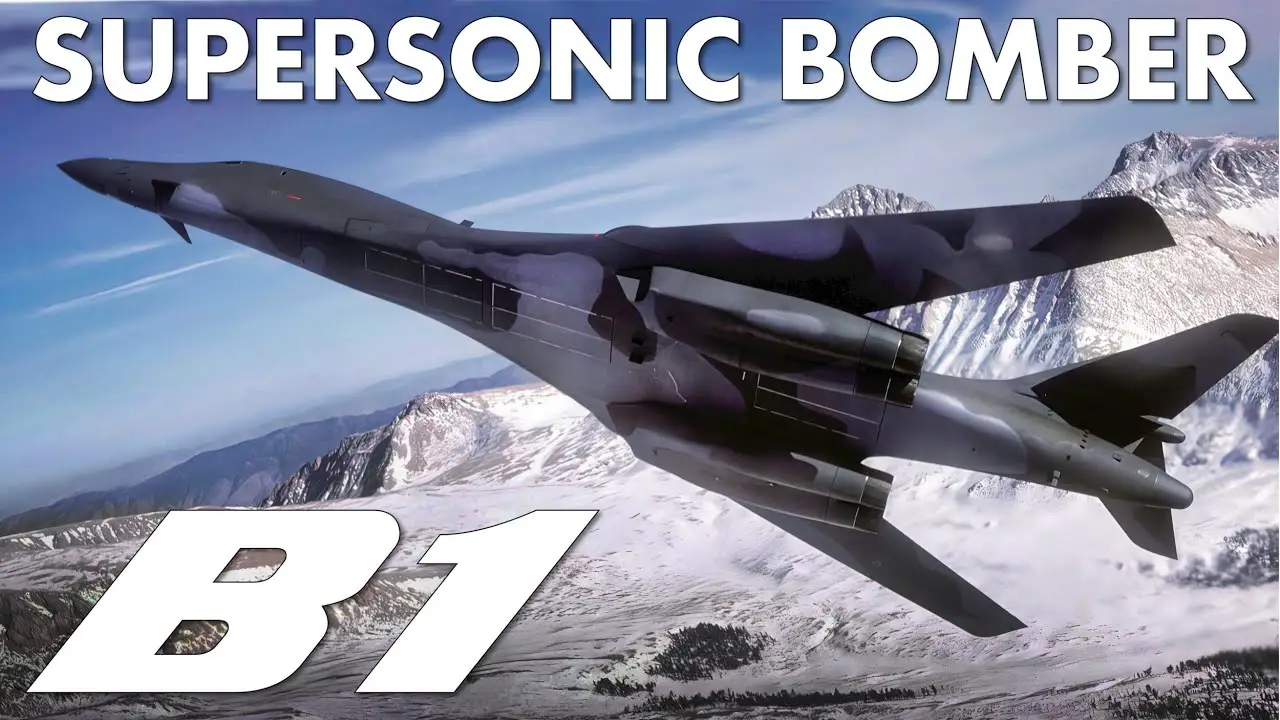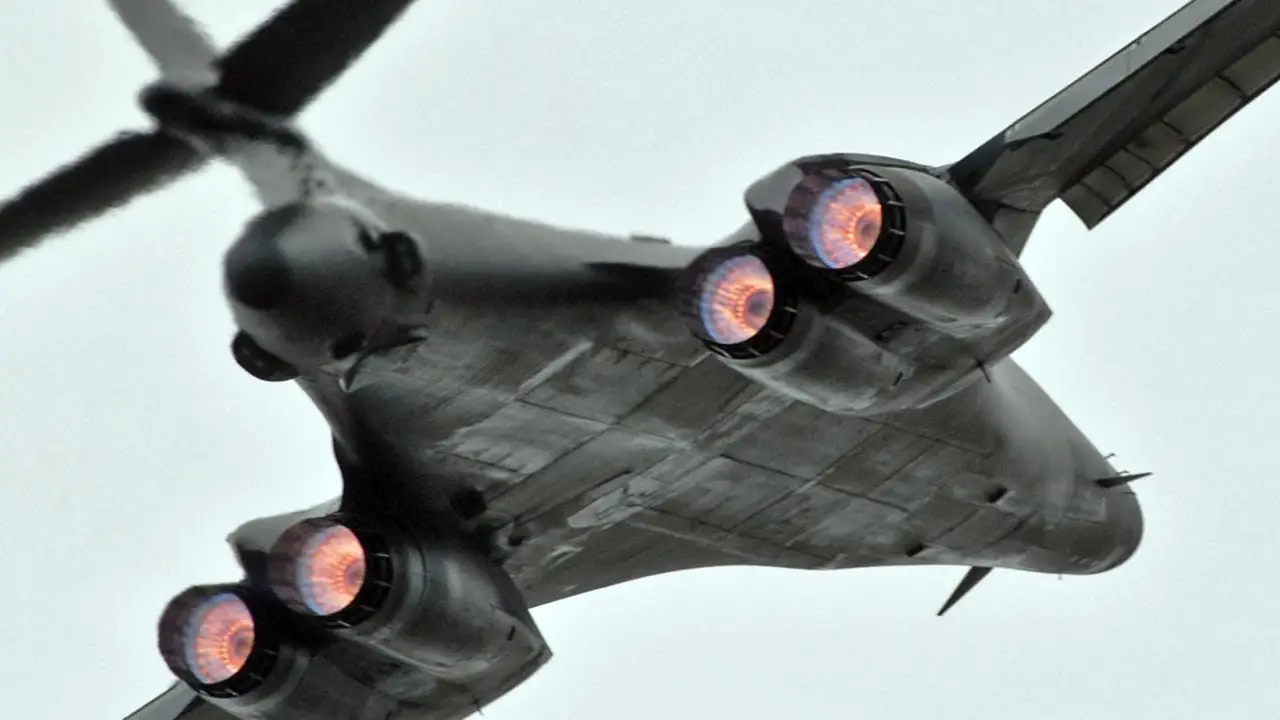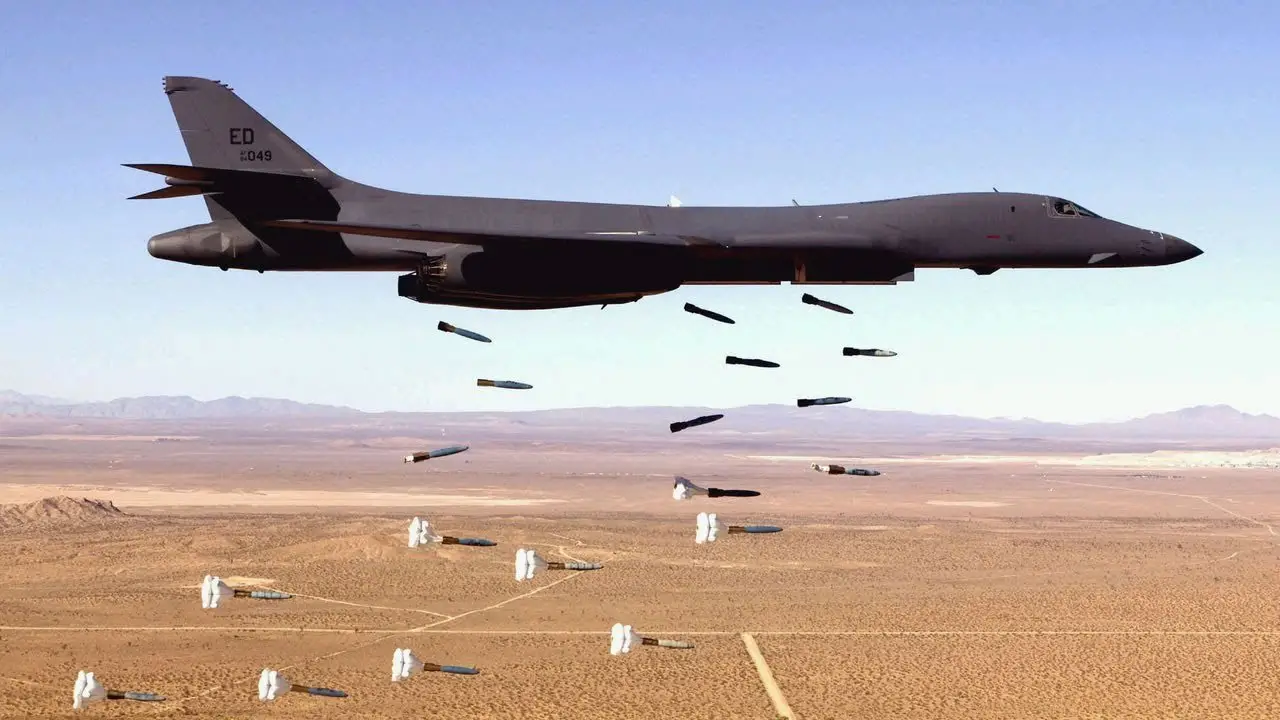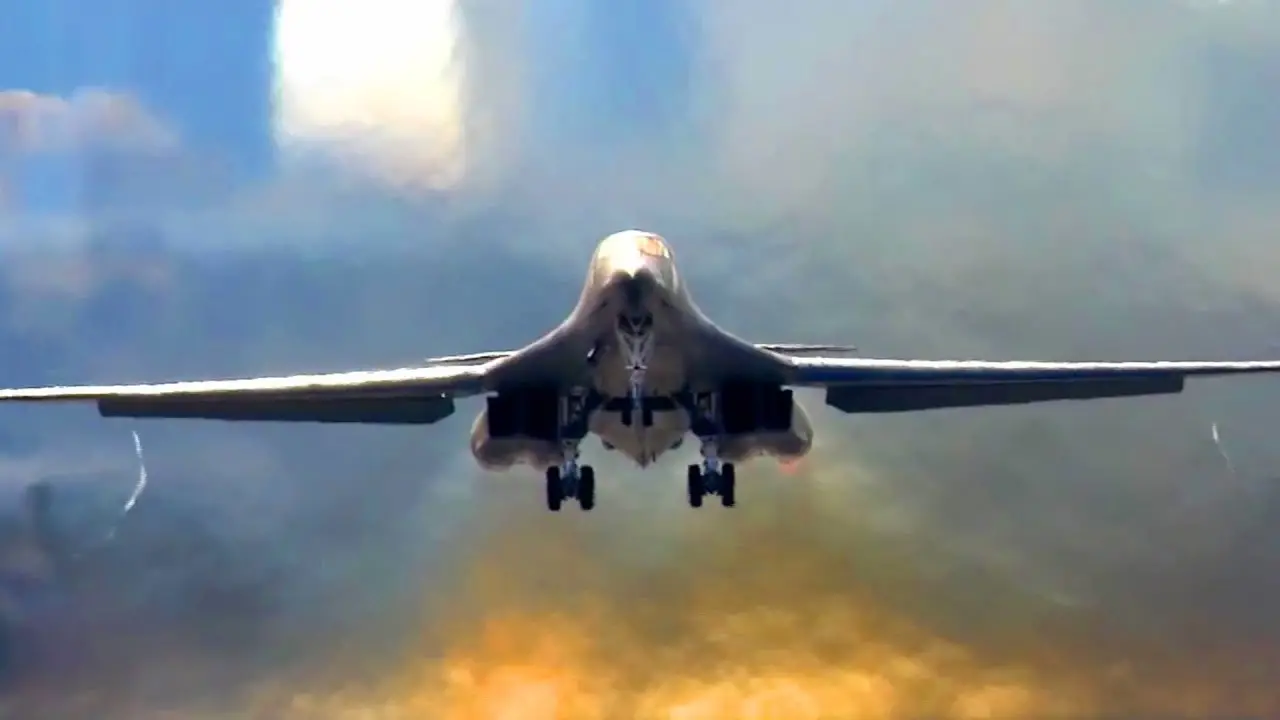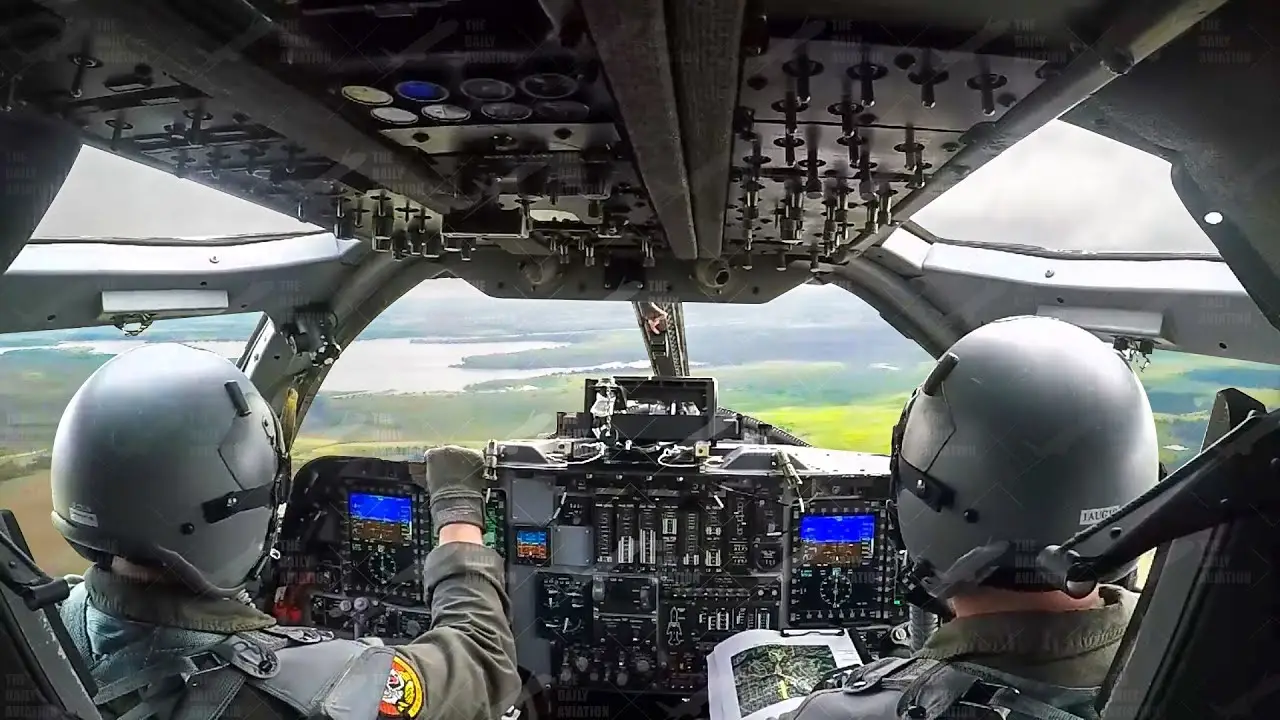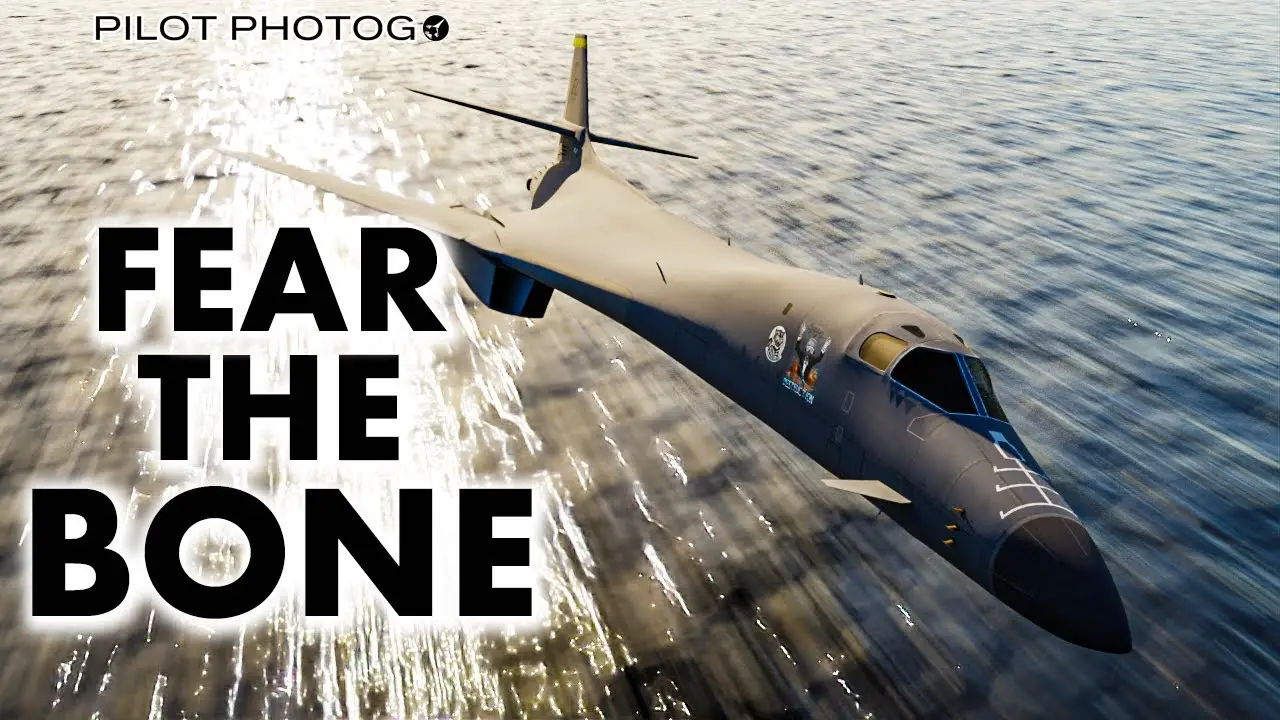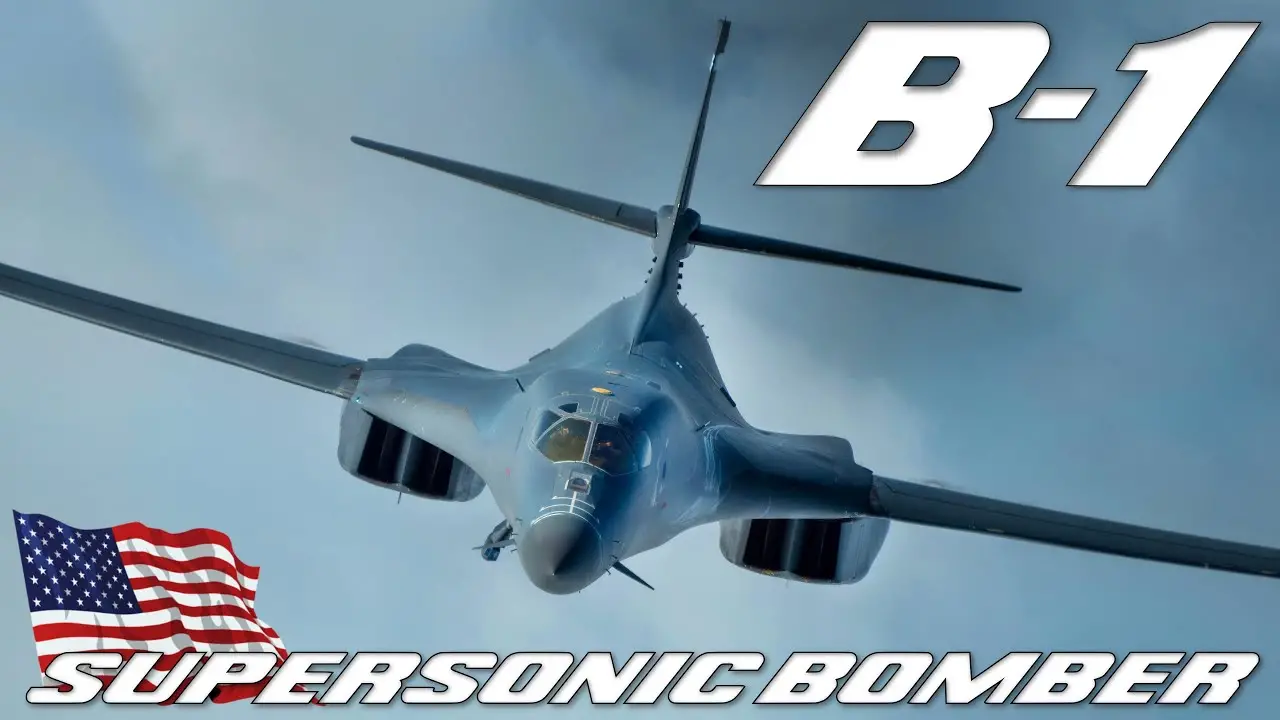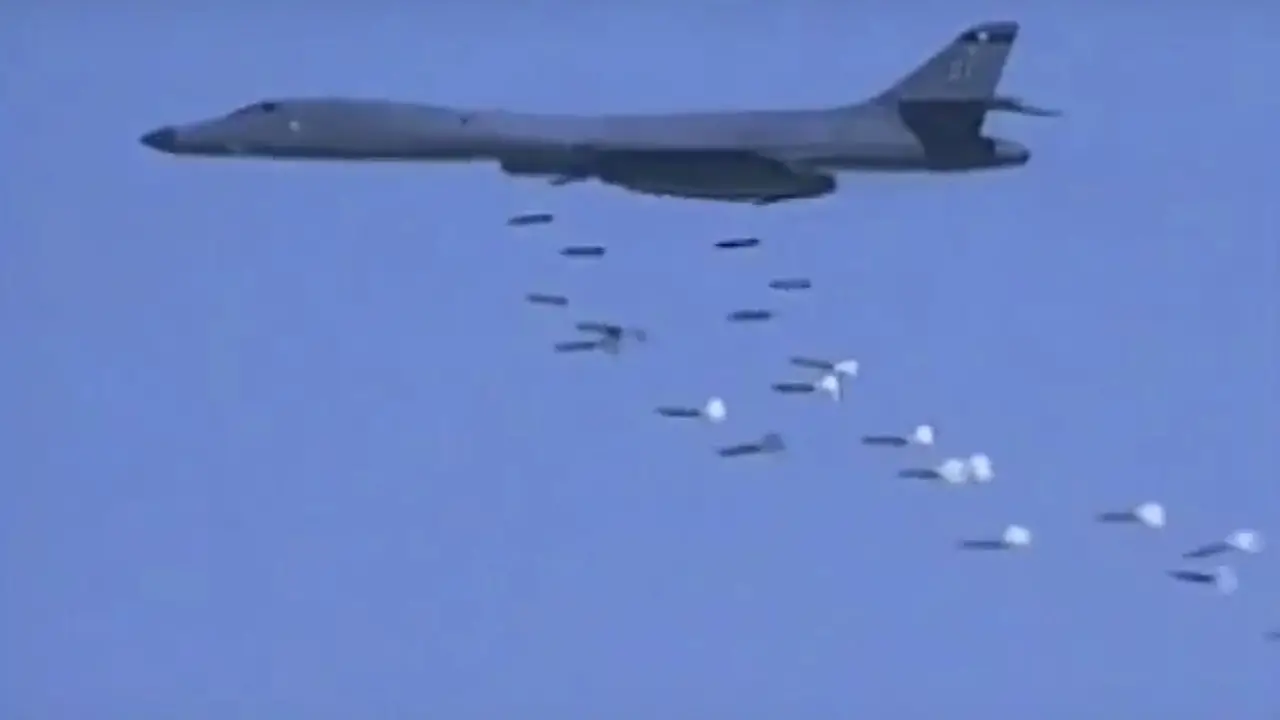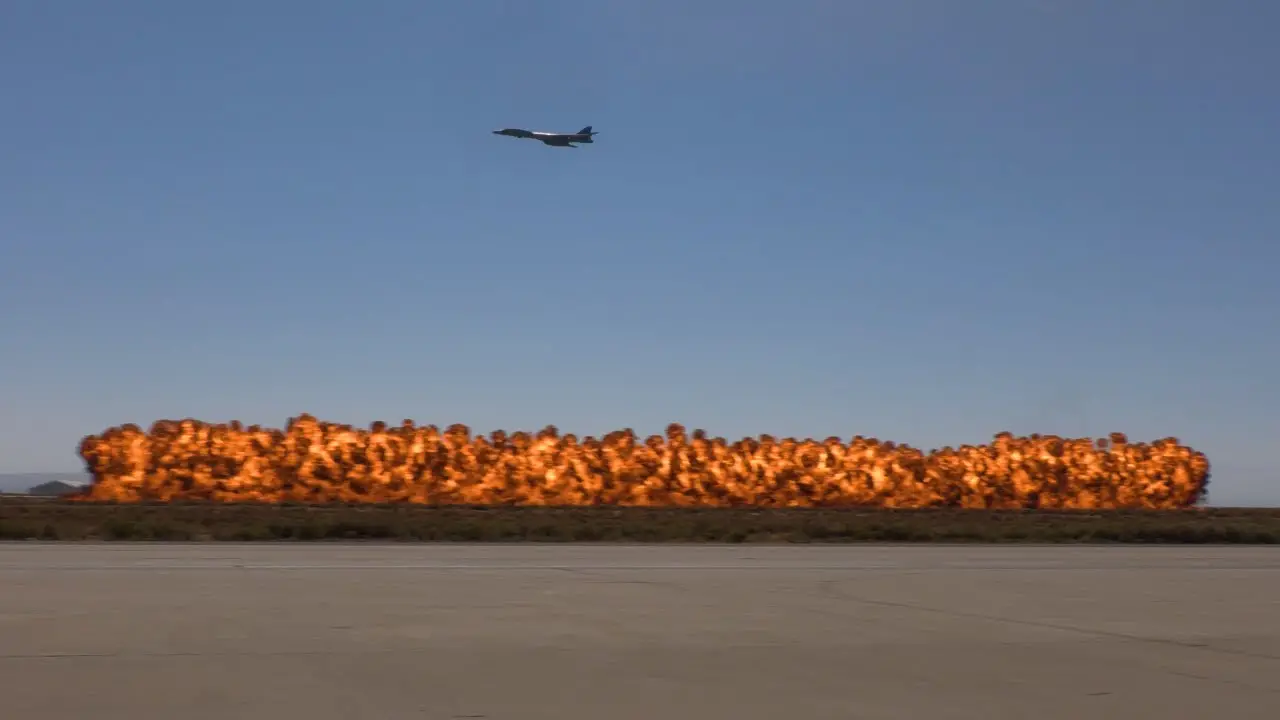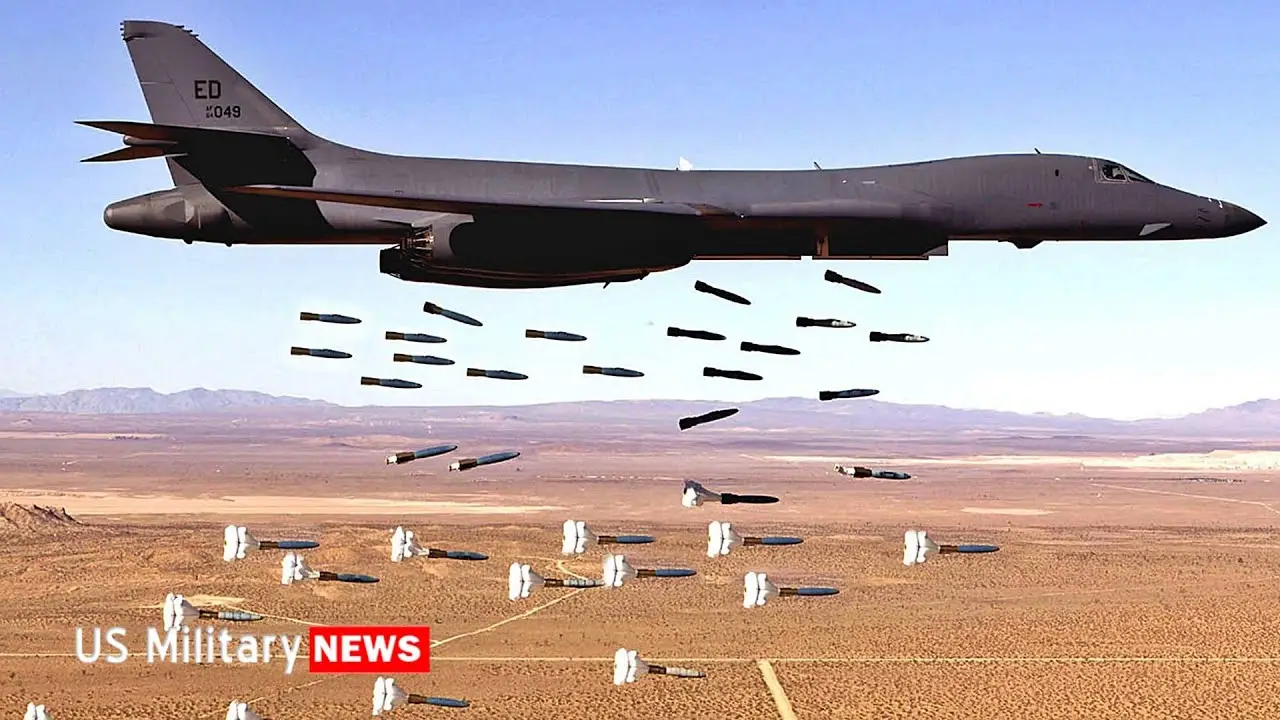the B-1 Lancer History, Features, and More
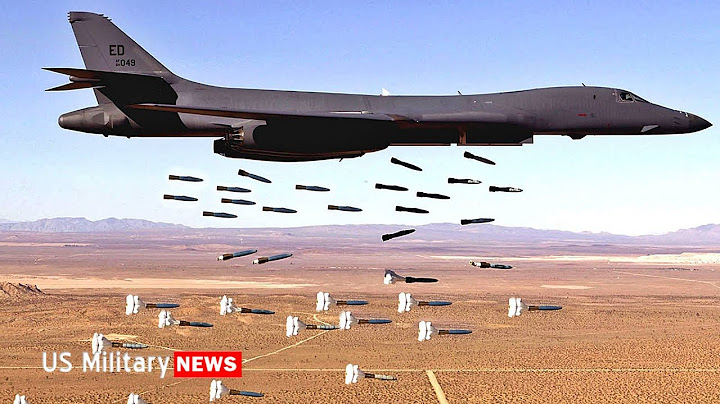
The B-1 Lancer is a strategic bomber aircraft that has been an integral part of the United States Air Force (USAF) since its introduction in the 1980s. With its sleek design, advanced technology, and impressive capabilities, the B-1 Lancer has gained recognition as one of the most powerful bombers in the world.
In this comprehensive guide, we will delve into the history of the B-1 Lancer, explore its design and specifications, its missions and operations, as well as its future and controversies. Join us as we take a closer look at this iconic aircraft, from its inception to its current status as a crucial component of the USAF’s arsenal.
Introduction to the B-1 Lancer
The B-1 Lancer, also known as the “Bone” by its aircrew, is a long-range, multi-mission bomber aircraft developed by Rockwell International (now part of Boeing) for the USAF. The idea for the B-1 Lancer was first conceived in the 1960s as a replacement for the aging B-52 Stratofortress, with the goal of creating a faster, more capable bomber that could penetrate enemy defenses. After years of development and setbacks, the B-1 Lancer finally entered service in 1986.
The initial purpose of the B-1 Lancer was to carry out nuclear strike missions during the Cold War. However, its capabilities were expanded to include conventional bombing and reconnaissance missions as well. With its variable-sweep wings, four afterburning turbofan engines, and advanced avionics, the B-1 Lancer became a formidable weapon in the USAF’s arsenal.
the AH-64 Apache History, Features, and More
History of the B-1 Lancer
The origins of the B-1 Lancer can be traced back to the early 1960s when the USAF began to explore the idea of a supersonic bomber. The project was initially called the “Advanced Manned Strategic Aircraft (AMSA)” and aimed to replace the B-52 Stratofortress and the B-58 Hustler as the primary nuclear strike aircraft for the USAF.
The development of the AMSA faced numerous challenges, including technical problems, budget constraints, and changing political climate. In 1970, the project was canceled due to concerns about its high cost and vulnerability to Soviet air defenses. However, the need for a new bomber remained, and in 1972, the USAF initiated a new competition for a more affordable, long-range bomber.
In 1976, Rockwell International was awarded the contract to develop the B-1 Lancer, which was then referred to as the “B-1A.” The first flight of the B-1A took place in 1974, and by the late 1970s, it had completed over 130 test flights. However, the development of the B-1A faced significant opposition from Congress, leading to further delays and revisions.
In 1981, President Ronald Reagan revived the B-1 program, and the B-1A was redesigned into the B-1B, with a focus on conventional bombing capabilities. The B-1B had its first flight in 1984, and after a series of tests and improvements, it was declared operational in 1986.
Design and Specifications of the B-1 Lancer
The B-1 Lancer has a distinct appearance with its variable-sweep wings that can pivot between a 15-degree sweep for takeoff and landing and a 67.5-degree sweep for high-speed flight. This design enables the B-1 Lancer to have both excellent low-speed handling and high-speed performance.
The B-1 Lancer is powered by four General Electric F101-GE-102 afterburning turbofan engines, giving it a maximum speed of Mach 1.2 at high altitudes and Mach 0.92 at low altitudes. It has a range of over 6,000 nautical miles when carrying conventional weapons and can fly at low altitudes to avoid enemy radar detection.
The aircraft’s weapon systems include the AN/ALQ-161 defensive electronic countermeasures suite, the AN/ASQ-184 advanced targeting and navigation system, and the AN/APQ-164 synthetic aperture radar. These systems allow the B-1 Lancer to operate in all weather conditions and have high accuracy in striking targets.
Exploring the History and Impact of USS Nimitz (CVN-68)
Specifications:
| Specification | Details |
|---|---|
| Crew | 4 (pilot, co-pilot, two WSOs) |
| Length | 146 ft |
| Wingspan | 137 ft (extended), 79 ft (swept) |
| Height | 34 ft |
| Weight | 477,000 lbs (max takeoff weight) |
| Maximum Speed | Mach 1.2 (high altitude) |
| Range | Over 6,000 nautical miles |
| Armament | Up to 84 MK82 or MK84 bombs |
B-1 Lancer in Action: Missions and Operations
Since its introduction, the B-1 Lancer has been involved in various missions and operations, showcasing its versatility and capabilities. The B-1 Lancer played an essential role during Operation Desert Storm in 1991, where it flew over 1,200 sorties and delivered over 12,000 tons of munitions. It continued to play a crucial role in subsequent conflicts, including Operation Enduring Freedom and Operation Iraqi Freedom.
In addition to its combat missions, the B-1 Lancer has been used for humanitarian efforts and disaster relief operations. In 2008, a B-1B flew non-stop from South Dakota to drop supplies for victims of Cyclone Nargis in Myanmar, highlighting the aircraft’s long-range capabilities.
The B-1 Lancer is also regularly deployed for deterrence missions to support US allies and demonstrate the USAF’s global reach and power. The aircraft has been involved in joint exercises with countries such as South Korea, Japan, and NATO allies, showcasing its ability to work alongside other military forces effectively.
Missions:
Nuclear Strike:
As originally envisioned, the B-1 Lancer was designed to be a nuclear strike bomber capable of penetrating Soviet air defenses and delivering nuclear weapons. However, after the end of the Cold War, the B-1 Lancer’s role shifted towards conventional bombing missions.
Conventional Bombing:
The B-1 Lancer’s advanced avionics and precision-guided munitions make it a highly capable bomber for conventional strikes. It has been used in various conflicts and operations, including Operation Desert Storm, Operation Enduring Freedom, and Operation Iraqi Freedom, to deliver precise strikes on enemy targets.
Reconnaissance:
In addition to its bombing capabilities, the B-1 Lancer can also carry out reconnaissance missions using its advanced targeting systems and sensors. This allows the aircraft to gather intelligence and provide valuable information to ground forces and commanders.
Notable Features of the B-1 Lancer
The B-1 Lancer stands out among other bomber aircraft due to its unique features and capabilities. Some of the most notable features of the B-1 Lancer include its variable-sweep wings, advanced avionics, and impressive payload capacity.
Variable-Sweep Wings:
The B-1 Lancer’s variable-sweep wings allow it to have both excellent low-speed handling and high-speed performance. This feature also gives the aircraft the ability to maneuver at low altitudes, making it more challenging to detect by enemy radar.
Advanced Avionics:
The B-1 Lancer is equipped with advanced avionics, including a radar jamming system and an electronic countermeasures suite that can detect and deflect incoming missiles. It also has a fully integrated global positioning system (GPS) and inertial navigation systems, providing precise navigation and targeting capabilities.
Payload Capacity:
The B-1 Lancer can carry a wide range of weapons, including bombs, missiles, and mines. It has a maximum payload capacity of 125,000 lbs, making it one of the most heavily armed bombers in the world.
Comparison with Other Bomber Aircraft
The B-1 Lancer has often been compared to other bomber aircraft, such as the B-52 Stratofortress and the B-2 Spirit. Each of these aircraft has its unique features and capabilities, making them suitable for different missions.
B-52 Stratofortress:
The B-52 Stratofortress is an iconic long-range bomber that was first introduced in the 1950s. Unlike the B-1 Lancer, which has variable-sweep wings, the B-52 has a straight wing design. The B-52 is primarily used for strategic bombing missions and has a larger payload capacity than the B-1 Lancer.
B-2 Spirit:
The B-2 Spirit, also known as the “Stealth Bomber,” is a stealth aircraft designed for penetrating enemy defenses and delivering precision strikes. Unlike the B-1 Lancer, which has a crew of four, the B-2 Spirit only requires two pilots. Its advanced stealth technology makes it virtually invisible to radar, giving it a significant advantage over other bombers.
Future of the B-1 Lancer
Despite being in service for over three decades, the B-1 Lancer is still a vital aircraft for the USAF and is expected to remain in service until 2040. However, with advancements in technology and the changing landscape of modern warfare, there have been discussions about potential upgrades or replacements for the B-1 Lancer.
One of the potential upgrades for the B-1 Lancer is the Long Range Stand Off (LRSO) missile, which will provide the aircraft with a new standoff nuclear capability. The USAF is also considering upgrading the avionics and weapons systems of the B-1 Lancer to keep it relevant in future conflicts.
There have also been talks about developing a new bomber aircraft to replace the B-1 Lancer and the B-2 Spirit. However, this decision has faced criticism due to the high costs involved, and the B-1 Lancer’s capabilities and versatility in current operations.
The future of the B-1 Lancer remains uncertain, but one thing is for sure – it will continue to play a significant role in the USAF’s missions and operations for years to come.
Training and Maintenance of the B-1 Lancer
The B-1 Lancer is a complex and sophisticated aircraft that requires specialized training and maintenance to ensure its optimal performance. The USAF has established a rigorous training program for B-1 Lancer pilots, which includes classroom instruction, simulator training, and flight training.
Once a pilot completes the training program, they are assigned to a B-1 Lancer squadron, where they undergo additional training and gain experience through regular flights and exercises. The training program for B-1 Lancer pilots is constantly evolving to incorporate new technologies and techniques, ensuring that they are always prepared for any mission.
Maintenance of the B-1 Lancer is also crucial in keeping the aircraft operational. The maintenance crews are responsible for inspecting, repairing, and servicing the aircraft to ensure its safety and performance. The B-1 Lancer has a high operational readiness rate, which is a testament to the dedication and skill of the maintenance crews.
Famous B-1 Lancer Pilots
Over the years, there have been many notable pilots who have flown the B-1 Lancer and contributed to its legacy. One of the most famous B-1 Lancer pilots is retired Lieutenant Colonel Ed “Fast Eddie” Devoe, who was part of the team that flew the first operationally configured B-1B to Ellsworth Air Force Base in 1986. Devoe also played a crucial role in developing the tactics and procedures for the B-1 Lancer.
Another famous B-1 Lancer pilot is retired Lieutenant Colonel Jay “Spice” Carlson, who achieved fame after flying a combat mission over Afghanistan in 2002, making him the first person to fly a B-1 Lancer in combat. Carlson went on to become the commander of the 34th Bomb Squadron at Ellsworth Air Force Base and led multiple deployments of B-1s in support of US operations.
Controversies Surrounding the B-1 Lancer
Like any other military program, the B-1 Lancer has not been without controversies throughout its history. One of the main criticisms of the B-1 Lancer was its high cost, which was a significant factor in its development delays and setbacks. Some critics argued that the funds allocated to the B-1 Lancer could have been better spent on other projects, such as improving existing bomber aircraft or investing in new technologies.
There have also been concerns about the B-1 Lancer’s vulnerability to enemy air defenses due to its low-altitude flying capabilities. However, this criticism was largely addressed with the introduction of the B-1B, which focused more on conventional bombing missions at higher altitudes.
Conclusion
The B-1 Lancer has had a long and eventful history, from its inception in the 1960s to its current role as a vital part of the USAF’s arsenal. Its unique design, advanced technology, and impressive capabilities have made it one of the most recognizable bomber aircraft in the world. The B-1 Lancer has proven its worth in various missions and operations, showcasing its versatility and effectiveness in combat.
As we look towards the future, there are talks about potential upgrades or replacements for the B-1 Lancer, but one thing is for sure – this iconic aircraft will continue to serve the USAF and defend our nation with its unmatched power and capabilities.

